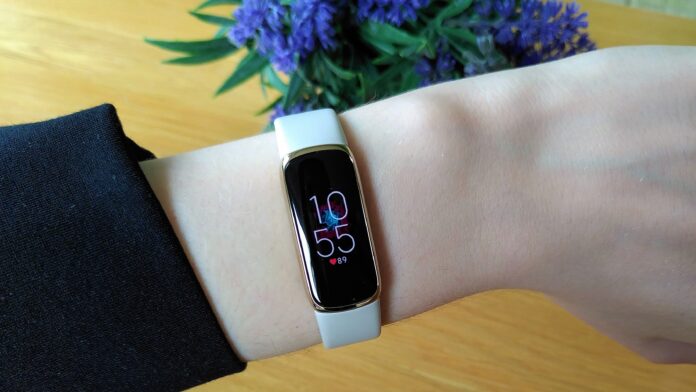FitBit is a company that creates a health and fitness monitoring technology that is worn on the wrist. The product, FitBit, offers a wide array of health and fitness detection including steps taken, active minutes, calories burned, etc. FitBit offers a wide selection of models with varying forms and additional features.
In addition to the physical device itself, FitBit has a virtual dashboard and app that allows users to see their analytics and information that promotes engagement and motivation to stay healthy. The platform engages in the social realm as it posts various challenges and rewards for users. There’s even a premium service that’s offered on a subscription basis that gives personalized plans, coaching, and more.
As such, their means of revenue stem from the payments of their physical device, its accessories, as well as subscriptions to premium services.
Analysis
As the Battelle Neurolife sleeve is within the same family of wearable technology in the realm of healthcare — albeit for different purposes– analyzing how FitBit conducts its business is insightful for envisioning how the sleeve may integrate itself into this business model or a similar one.
What’s interesting here is the fact that user engagement is promoted through notifications, milestones, and rewards. While the incentive and drive of stroke patients to engage in rehabilitation is unknown, there is potential for notification and engagement of the sleeve for rehab in order to motivate users to wear and use it.
Additionally, the means of having a variety of products to be selected from and the opportunity to accessorize is an interesting touch to personalize the device and make it more unique for the wearer. While the technology driving the NeuroLife sleeve cannot be individualized as of yet, there may be something interesting if customization or a personalized dashboard can be prescribed to the patient in order to engage and foster that authentic understanding that is core for experience design. Whether that be in a virtual dashboard or in some other means is up for contemplation as stroke patients may have limited means of engaging in virtual tech.




